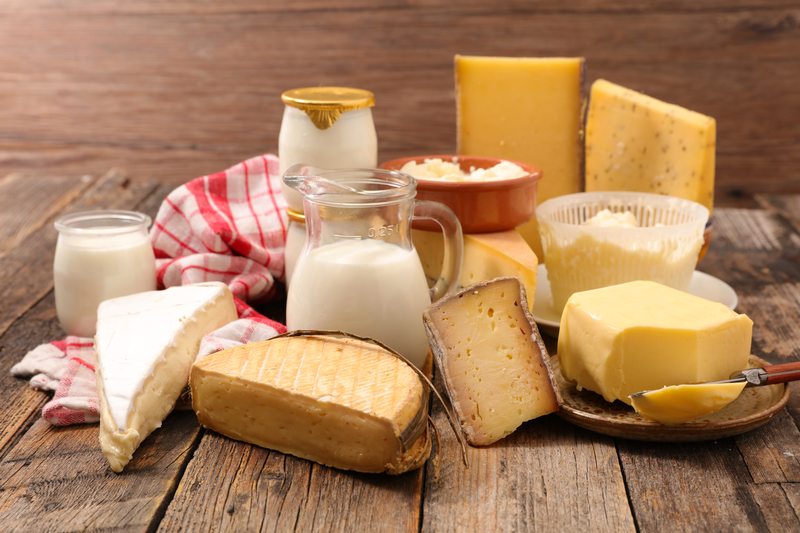Scientists have found the virulence of Listeria differs depending on the food type, discovering that dairy products are contaminated with the most virulent bacteria.
Researchers from the Pasteur Institute, the French National Institute of Health and Medical Research (Inserm), and the University of Paris said the discovery paves the way for more effective measures to control food contamination and prevent listeriosis.
The team revealed that hypervirulent clones, especially clonal complex (CC) 1, are associated with dairy products, while the hypovirulent clones, mainly CC9 and CC121, are more in meat and fish products. The study was published in the journal Nature Communications.
It had been believed that different Listeria strains had the same level of virulence, but the Pasteur Institute/Inserm Biology of Infection Unit and National Reference Center for Listeria at the Pasteur Institute previously showed the extreme genetic and phenotypic diversity of Listeria and existence of hypervirulent and hypovirulent subpopulations, referred to as or clones.
Environment adaptation
Hypovirulent clones have more stress resistance and benzalkonium chloride tolerance genes resistant to the disinfectant used in the food industry; these clones are more capable of surviving and forming bacterial populations that adhere to surfaces with low concentrations of this disinfectant, suggesting they are better adapted to the food production environment.
“Hypervirulent clones colonize the gut lumen and gut tissue more effectively than hypovirulent clones, suggesting that they are better adapted to the host,” said Marc Lecuit, from the Biology of Infection Unit at the Pasteur Institute.
Scientists looked at 3,333 food samples and 3,308 clinical non-redundant isolates collected from 2005 to 2016 during surveillance of listeriosis in France. Most of the food isolates, 1,408, were from meat products. There were 758 from dairy products, 406 from seafood items, 354 from mixed products, 103 from fruits and vegetables, and 304 from unknown food sources.
Only 4.4 percent of CC121 food isolates were from dairy products whereas 53.2 percent were from meat and 21.2 percent from seafood. The other major hypovirulent clone CC9 was also rarely isolated from dairy products at 6.6 percent, but frequently found in meat products at 66.4 percent.
In contrast, 48.3 percent of CC1 isolates were from dairy products, whereas only 23.6 percent were from meat products.
Different ways of contamination
CC121 and CC9 rank among the least frequent clones in dairy products made of raw milk, whereas in those made of pasteurized/unknown type of milk, the two clones are the second and seventh most abundant clones, respectively.
Findings suggest key differences of contamination modes of dairy versus meat products and other food categories. Meat products are initially physiologically sterile, and are most likely contaminated by Listeria monocytogenes during processing and/or storage. In contrast, dairy products, which physiologically contain bacteria, can be contaminated before and/or during milking.
Hypovirulent clones CC9 and CC121 were found to produce more biofilm and grow better than CC1, CC2, CC4, and CC6 in the presence of low benzalkonium chloride concentrations. No growth was observed with 200 mg/L for any tested strain.
Results are expected to help characterize the ecological niches in which Listeria develops virulence and environmental survival capabilities and improve understanding of how Listeria circulates between different environments.
Lecuit, also from the Université de Paris and Necker Enfants Malades University Hospital’s Infectious and Tropical Diseases Department, said the results “will give us a better idea of how food becomes contaminated so that we can reduce Listeria contamination. They will also help us improve food consumption guidelines for at risk populations.”
(To sign up for a free subscription to Food Safety News, click here.)

